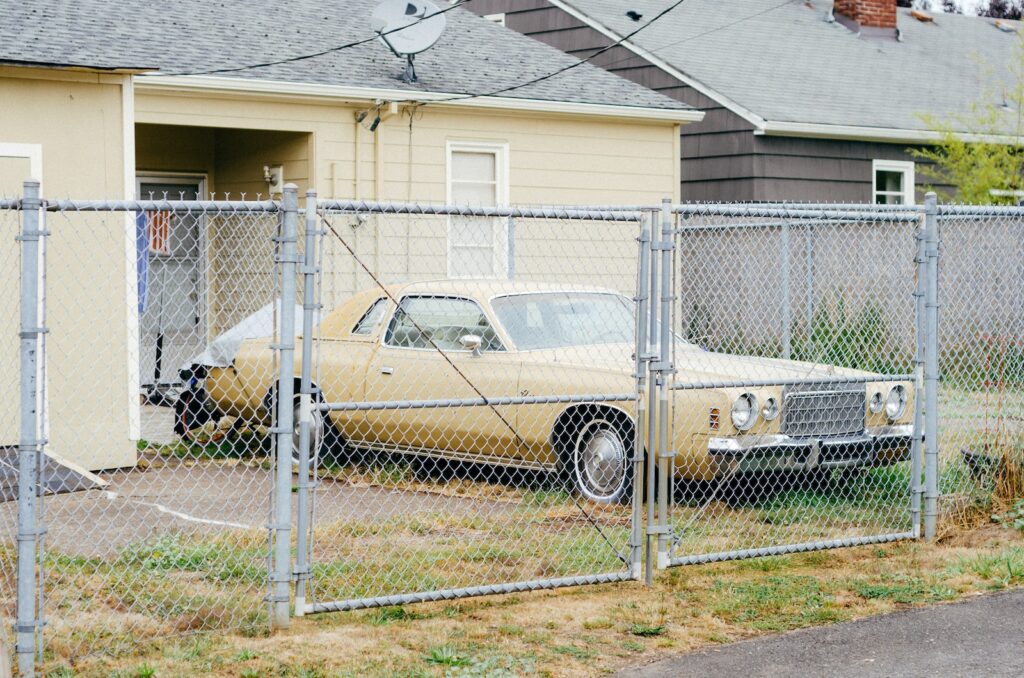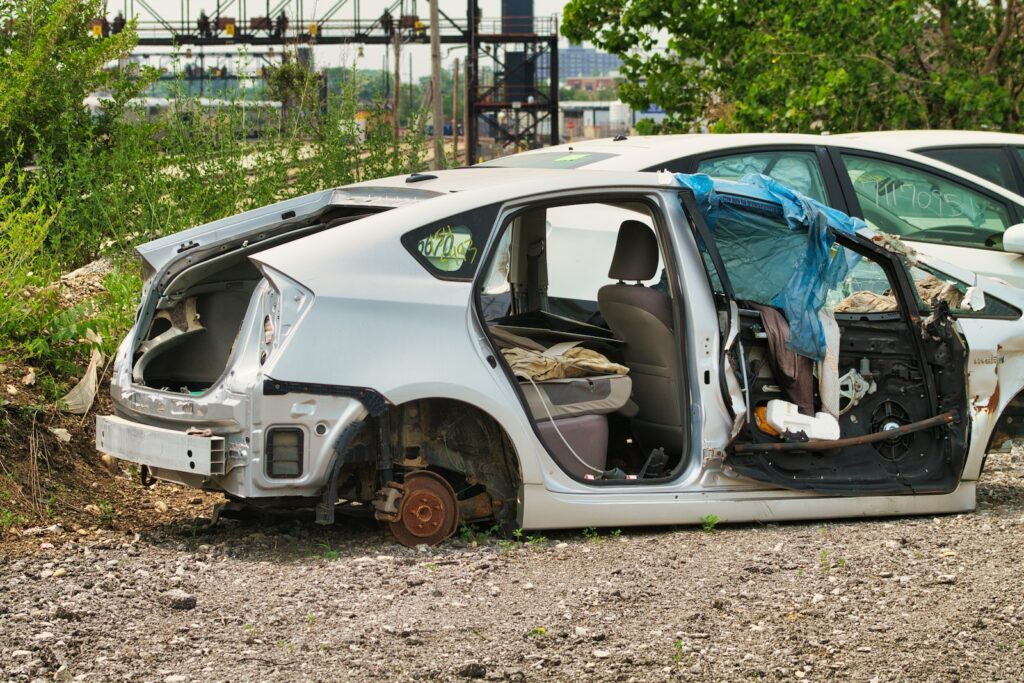
In today’s world, sustainable practices play a crucial role in preserving our environment and ensuring a better future for generations to come.
One industry that is actively contributing to these efforts is the automotive sector, specifically through the process of car wrecking.
In this article, we will explore the concept of car wrecking and its intersection with sustainable practices, focusing on the role of car wreckers in Takanini and their contribution to revitalizing the environment.
Understanding Car Wrecking:
Car wrecking, also known as auto recycling or vehicle dismantling, involves the systematic process of disassembling and recycling end-of-life vehicles.
Instead of letting old cars go to waste in landfills, car wreckers salvage usable parts, recycle materials, and responsibly dispose of the remaining components.
This sustainable approach helps reduce the environmental impact of discarded vehicles and promotes resource conservation.
Environmental Benefits of Car Wrecking:
- Reducing landfill waste: When old cars are left to rot in landfills, they not only occupy valuable space but also pose environmental hazards. Car wreckers in Takanini play a crucial role in disposing of end-of-life vehicles responsibly. By dismantling these cars and recycling their components, they effectively reduce the amount of waste that ends up in landfills. This not only frees up space but also prevents harmful chemicals from seeping into the soil and contaminating the surrounding environment.
- Conserving natural resources: Car wrecking is an excellent way to conserve natural resources. Instead of relying solely on raw materials for new car production, car wreckers in Takanini reuse valuable materials from old vehicles. This reduces the need for extracting finite resources, such as iron, aluminum, and plastics. By repurposing these materials, car wreckers contribute to a more sustainable approach to automotive manufacturing.
- Minimizing energy consumption: The process of manufacturing new cars requires significant amounts of energy. Car wrecking helps minimize energy consumption by reusing parts and materials from old vehicles. By salvaging functional components, such as engines, transmissions, and body panels, car wreckers reduce the demand for new production. This, in turn, reduces the energy required for mining raw materials, manufacturing, and transporting new parts. By promoting the reuse and recycling of automotive components, car wreckers contribute to a more energy-efficient and sustainable automotive industry.
- Preventing pollution: Car wrecking plays a vital role in preventing pollution. End-of-life vehicles often contain hazardous materials, such as battery acids, oils, and coolant fluids. If not properly handled, these substances can contaminate the soil, waterways, and air, posing risks to human health and the environment. Car wreckers follow strict guidelines for the safe handling and disposal of these hazardous materials, preventing their release into the environment and minimizing pollution.
Economic Benefits of Car Wrecking:
In addition to the environmental benefits, car wrecking also brings economic advantages to the community, especially in Takanini:
- Creating job opportunities in the industry: Car wrecking requires skilled professionals to dismantle, salvage, and recycle vehicles. By operating car wrecking businesses, job opportunities are created, providing employment for individuals in the community. These jobs contribute to the local economy and support the livelihoods of many families.
- Boosting local economies through recycling efforts: Car wreckers play a significant role in promoting recycling efforts in the community. As they salvage and recycle various materials from old vehicles, they contribute to the local recycling industry. This, in turn, stimulates the economy by generating revenue and supporting other businesses involved in recycling processes.
Promoting a Circular Economy:
Car wrecking is part of a larger movement towards a circular economy, which aims to minimize waste and maximize resource efficiency.
By reusing and recycling automotive parts, car wreckers actively participate in this sustainable economic model.
They help extend the lifespan of car components, reducing the need for new production and ultimately creating a more sustainable automotive industry.
Conclusion:
Car wrecking in Takanini plays a vital role in revitalizing the environment by promoting sustainable practices in the automotive industry.
Through responsible disposal, resource conservation, and pollution prevention, car wreckers contribute to a cleaner and greener future.
Additionally, their activities support local economies and job creation.
By choosing reputable car wreckers, individuals can actively participate in the movement towards a circular economy and make a positive impact on the environment.
Together, we can drive change and ensure a sustainable future for generations to come.


